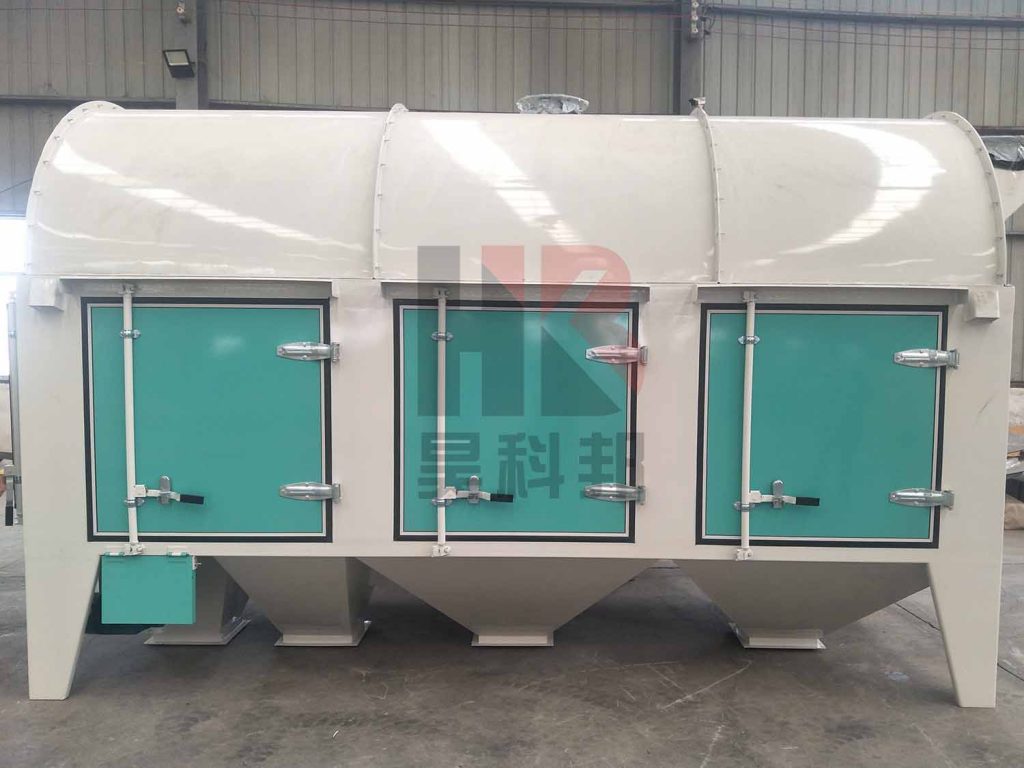In the grain processing and storage industry, the correct installation of the cylindrical initial cleaning screen is a key step to ensure efficient operation and screening effectiveness.

Equipment Positioning and Alignment
Place Equipment Steadily
Use a forklift or crane to place the cylindrical initial cleaning screen steadily on the prepared concrete foundation. Ensure the equipment is level to avoid tilting due to uneven ground.
Level Calibration
Calibrate the equipment level using a spirit level. Adjust the shims under the equipment base to ensure the level deviation does not exceed 0.5mm/m². This step is crucial as equipment tilting can increase vibration during operation, affecting screening results and equipment lifespan.
Electrical Connection
Power Connection
Connect the power supply according to the equipment's electrical wiring diagram. Typically, the cylindrical initial cleaning screen requires a three-phase 380V power supply. Ensure the power line is stable and reliable. When connecting the power line, make sure the phase sequence is correct to prevent the motor from rotating in reverse.
Control Circuit Connection
Connect the control circuits of the motor to ensure accurate transmission of control signals. Check all electrical connections for firmness to prevent loose connections or short circuits that may cause faults. This step ensures the equipment's start, stop, and speed adjustment functions work properly.
Load Commissioning
No-Load Trial Run
After completing the above steps, conduct a 10 - 15 minute no-load trial run. Observe if the equipment starts smoothly and listen for any abnormal noises or vibrations. Check if the motor's rotation direction is correct and if the cylinder rotates steadily. Ensure the equipment runs normally under no-load conditions.
Gradual Load Commissioning
If the no-load trial run is normal, gradually proceed with load commissioning. Feed a small amount of grain into the equipment and observe the screening effect and discharge. Adjust the screen hole size and cylinder speed based on the screening results to ensure the equipment achieves the desired screening performance.
Parameter Optimization
During load commissioning, further optimize the equipment's operating parameters based on actual screening results. For example, adjust the feed rate, cylinder speed, and screen hole size to achieve the best screening effect and processing efficiency.